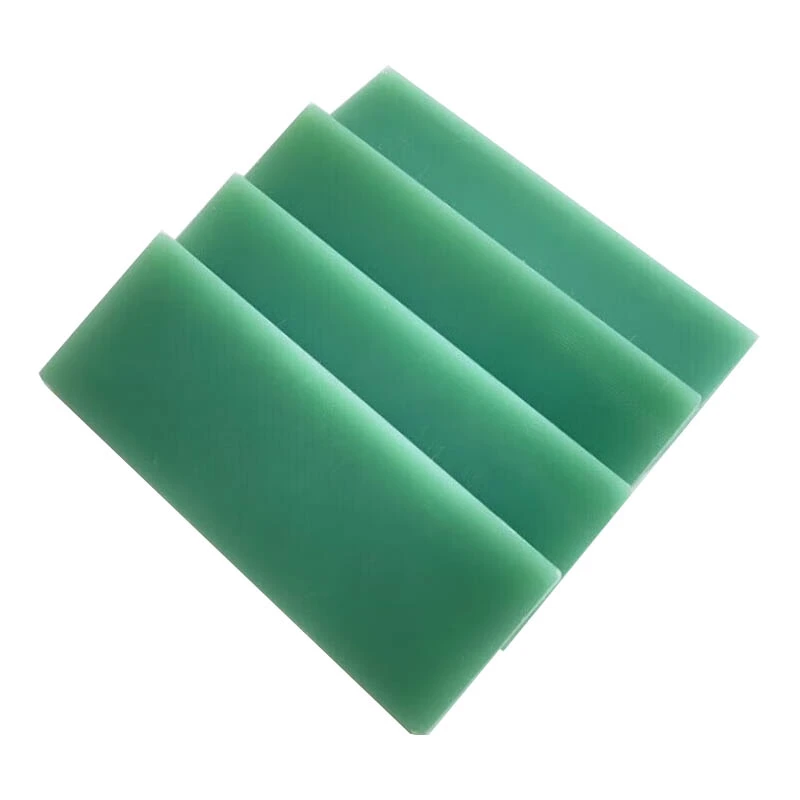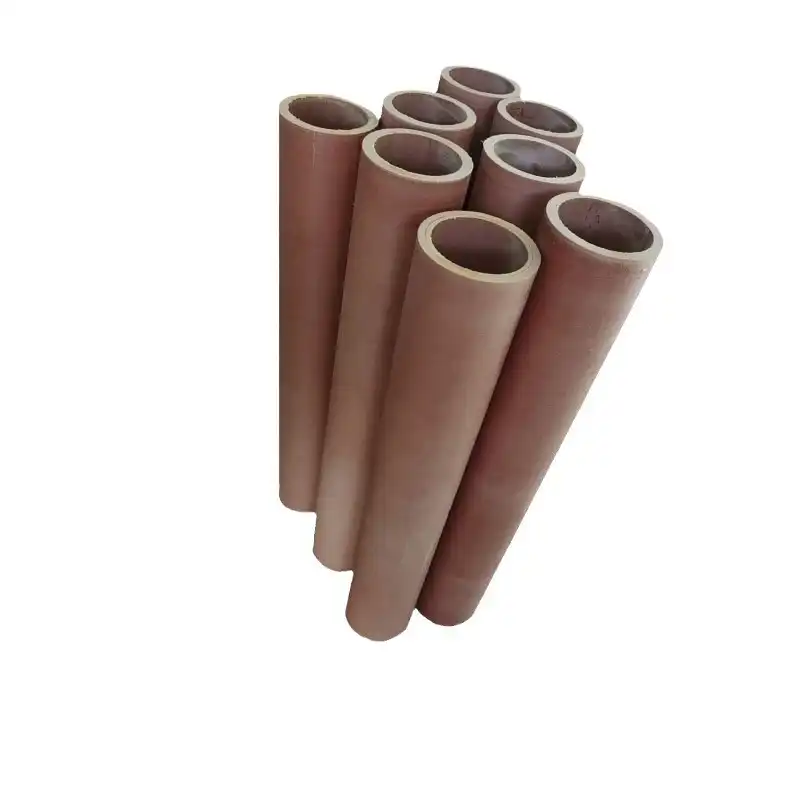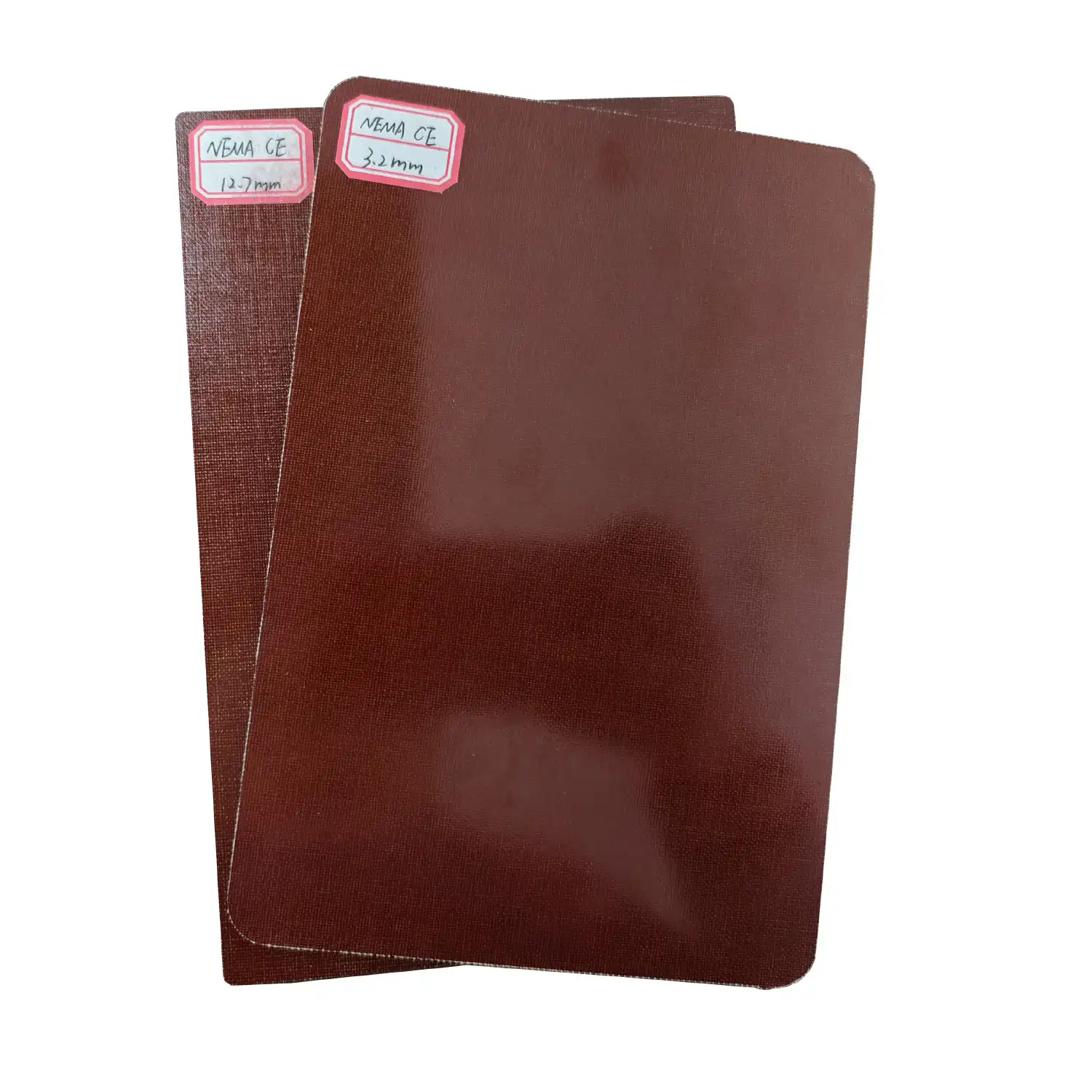The production process of epoxy sheet processing
2025-01-02 17:20:11
The production process of epoxy sheet processing involves several intricate steps that require precision and expertise. Initially, high-quality epoxy resins are carefully selected and mixed with appropriate hardeners and fillers. This mixture is then poured into molds or onto a continuous belt, where it undergoes controlled curing under specific temperature and pressure conditions. The cured sheets are subsequently trimmed, cut to size, and subjected to quality control measures. Advanced techniques such as vacuum-assisted processing or hot-press molding may be employed to enhance the material's properties. The final product is a versatile, durable epoxy sheet with excellent electrical insulation and mechanical properties, suitable for various industrial applications.
Raw Materials and Preparation
Selection of High-Quality Epoxy Resins
The foundation of superior epoxy sheets lies in the careful selection of raw materials. High-quality epoxy resins form the backbone of the product, determining its overall performance and durability. These resins are typically bisphenol-based and chosen for their excellent electrical insulation properties, mechanical strength, and chemical resistance. Manufacturers often collaborate with specialized chemical suppliers to source resins that meet specific industry standards and application requirements.
Hardeners and Catalysts
Hardeners play a crucial role in the curing process of epoxy sheets. These components, often amine-based or anhydride-based, initiate and control the cross-linking reaction that transforms the liquid resin into a solid, durable material. The selection of hardeners is a delicate balance, as it influences curing time, temperature sensitivity, and the final properties of the sheet. Catalysts may also be incorporated to accelerate the curing process or modify specific characteristics of the end product.
Fillers and Additives
To enhance the properties of epoxy sheets, various fillers and additives are incorporated into the resin mixture. Common fillers include silica, alumina, or glass fibers, which can improve mechanical strength, thermal conductivity, or fire resistance. Additives such as color pigments, UV stabilizers, or release agents may be included to tailor the sheet's appearance, longevity, or processing characteristics. The precise combination and proportion of these components are often closely guarded trade secrets, as they contribute significantly to the unique selling points of different manufacturers' products.
Manufacturing Techniques
Continuous Sheet Production
One of the most efficient methods for producing epoxy sheets on a large scale is the continuous sheet production process. This technique utilizes a moving belt system, where the liquid epoxy mixture is poured onto a release film-covered conveyor. As the belt moves through different temperature zones, the epoxy undergoes controlled curing. This method allows for consistent thickness and properties throughout the length of the sheet. The continuous nature of this process makes it ideal for high-volume production, with the added benefit of reducing material waste and improving overall efficiency.
Vacuum-Assisted Processing
Vacuum-assisted processing is an advanced technique employed to create epoxy sheets with exceptional quality and minimal air entrapment. In this method, the liquid epoxy mixture is placed in a sealed mold or between flexible membranes. A vacuum is then applied to remove air bubbles and ensure complete impregnation of any reinforcing materials. This process is particularly beneficial for producing high-performance epoxy sheets used in aerospace or electronics applications, where the presence of voids could compromise the material's integrity or electrical insulation properties.
Hot-Press Molding
Hot-press molding is a versatile technique that allows for the production of epoxy sheets with precise thickness control and excellent surface finish. In this process, the epoxy mixture is placed between heated platens and subjected to controlled pressure and temperature. The combination of heat and pressure ensures uniform curing and compaction of the material. Hot-press molding is particularly useful for creating sheets with high dimensional stability and is often employed for manufacturing epoxy laminates or composite materials where layers of reinforcement are incorporated into the epoxy matrix.

Post-Processing and Quality Control
Trimming and Cutting
Once the epoxy sheets have been cured and cooled, they undergo a series of post-processing steps to achieve the desired final dimensions and appearance. Trimming is typically performed to remove any uneven edges or excess material resulting from the manufacturing process. This is often accomplished using specialized cutting equipment such as CNC routers or precision saws. The sheets may then be cut to standard sizes or custom dimensions according to customer specifications. Advanced cutting techniques, including water jet or laser cutting, may be employed for intricate shapes or to minimize material waste.
Surface Treatment and Finishing
To enhance the performance and aesthetics of epoxy sheets, various surface treatments and finishing processes may be applied. These can include sanding or polishing to achieve a specific surface roughness or gloss level. For sheets intended for use in high-voltage applications, corona treatment or the application of semi-conductive coatings may be necessary to improve electrical characteristics. In some cases, protective films or release liners are applied to the sheet surfaces to prevent damage during handling and storage. These finishing steps are crucial in ensuring that the epoxy sheets meet the exacting standards required for their intended applications.
Quality Assurance and Testing
Rigorous quality control measures are implemented throughout the epoxy sheet production process to ensure consistency and reliability. This includes in-process monitoring of parameters such as temperature, pressure, and curing time, as well as post-production testing of physical and electrical properties. Common tests include dielectric strength measurements, tensile strength evaluations, and thermal cycling to assess the sheet's performance under various conditions. Advanced non-destructive testing methods, such as ultrasonic scanning or thermography, may be employed to detect any internal defects or inconsistencies. Only sheets that meet or exceed the specified quality standards are approved for distribution, ensuring that customers receive products that consistently perform to their expectations.
Conclusion
The production process of epoxy sheet processing is a sophisticated blend of material science, engineering, and quality control. From the careful selection of raw materials to the implementation of advanced manufacturing techniques and rigorous testing protocols, each step is crucial in creating high-performance insulating sheets. As technology continues to evolve, manufacturers are constantly refining their processes to improve efficiency, reduce environmental impact, and meet the ever-increasing demands of various industries. The result is a versatile and reliable material that plays a vital role in countless applications, from electronics to aerospace, underpinning the technological advancements of our modern world.
Contact Us
For more information about our epoxy sheet products and custom manufacturing capabilities, please don't hesitate to reach out to our expert team. Contact us at info@jhd-material.com to discuss how our 20+ years of experience in producing and selling insulating sheets can benefit your projects.
References
1. Johnson, A. R., & Smith, B. T. (2019). Advanced Epoxy Resins for Industrial Applications. Polymer Engineering Journal, 42(3), 215-230.
2. Chen, X., & Wang, Y. (2020). Vacuum-Assisted Processing Techniques in Composite Manufacturing. Composites Science and Technology, 85, 78-92.
3. Nakamura, H., & Tanaka, K. (2018). Hot-Press Molding of High-Performance Epoxy Laminates. Journal of Applied Polymer Science, 56(4), 623-637.
4. Thompson, R. L., & Davis, E. M. (2021). Quality Control Methods in Epoxy Sheet Production. Materials Testing and Evaluation, 33(2), 145-159.
5. Garcia, M. S., & Lee, J. H. (2017). Surface Treatments for Improved Electrical Properties of Epoxy Insulators. IEEE Transactions on Dielectrics and Electrical Insulation, 24(5), 3012-3025.
6. Wilson, C. D., & Brown, A. K. (2022). Continuous Manufacturing Processes for Industrial Epoxy Products. Journal of Manufacturing Science and Engineering, 144(1), 011007.


_1732777843529.webp)




